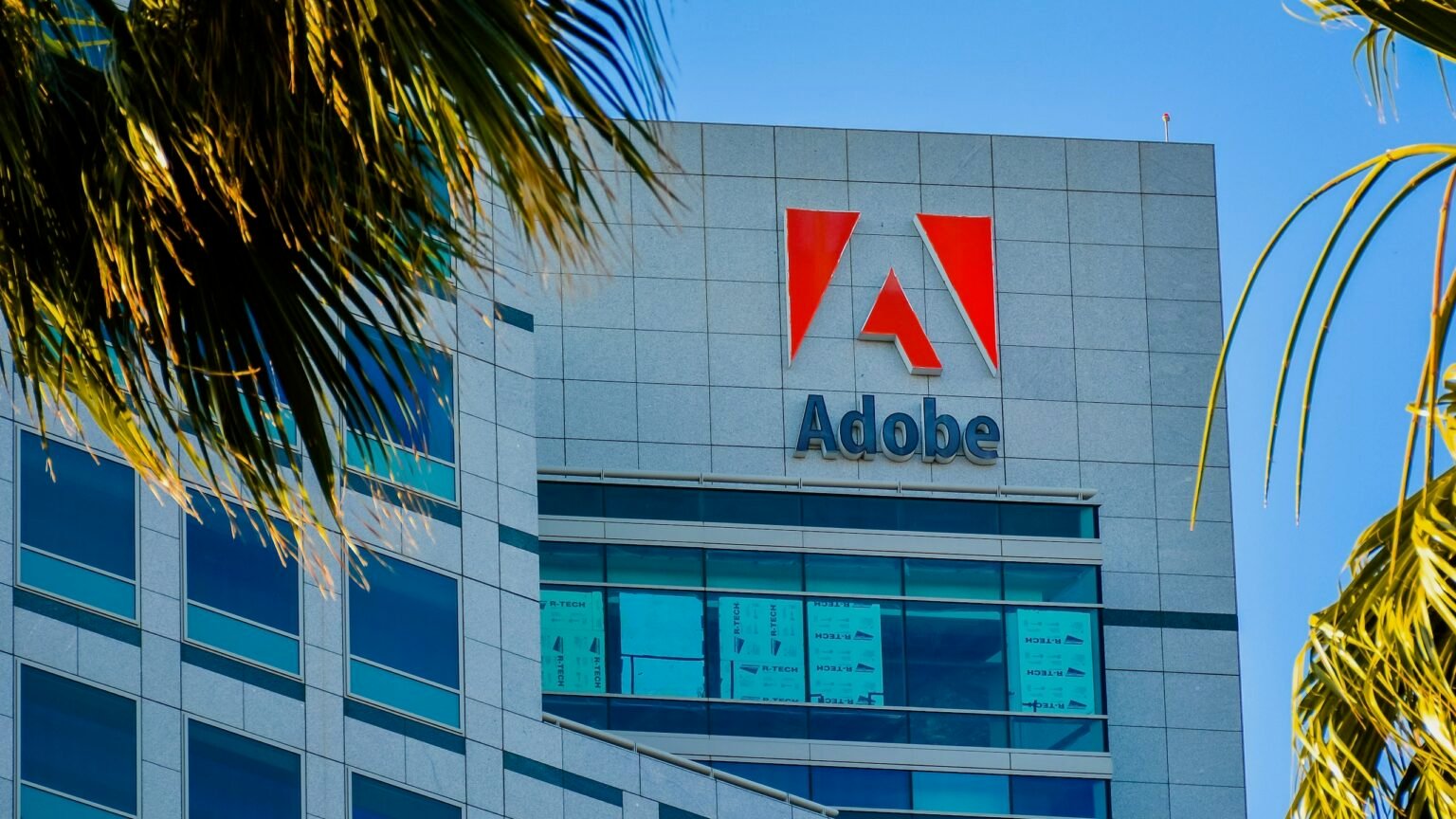Adobe Inc. has said it plans to introduce new AI features into its video editing software used by the film and television industries.
AI incorporation into products has been a regular phenomenon this year, especially encouraged by OpenAI’s ChatGPT. Since its launch last November, almost every company in the tech industry has tried to find ways to embrace AI.
Adobe has become the latest to integrate the generative AI tool into its software to assist editors in changing lighting shots.
Looking at the my archives and I think that 3 lost episodes of interviews can be saved with Adobe AI Audio Enhancer…
— Roberto Blake 🇺🇸🇵🇦 Creative Entrepreneur (@robertoblake) April 17, 2023
Video editors will soon be able to utilize new generative AI tools from Adobe, allowing them to make changes such as transforming midday lighting into a sunset scene or generating background music through a few typed words.
These tools will expand upon Adobe’s recently introduced system called Adobe Firefly, which enables the generation of still images and text.
Read Also: Getty Images Claims Photo Theft, Demands $1.8 Trillion from AI Generator
Despite Adobe’s foray into the world of generative AI, concerns have arisen regarding the use of AI systems for commercial work.
Legal uncertainties surfaced after Getty Images sued Stability AI, claiming the startup misused copyrighted images for its AI training. As a result, questions linger over whether the output of such AI systems can be used in commercial settings.
Adobe makes a promise
Being one of the major software providers for editors and video artists, Adobe has made assurances that the output from its Firefly system will be legally sound for commercial use.
Despite legal concerns surrounding the use of AI systems for commercial work, Adobe has promised that its customers can rely on the safety of the output from its generative AI technology.
“With a single button, we can generate 1,000 versions of the same video that are localized,” said Ivo Manolov, Adobe vice president digital and video audio enterprise offerings.
Adobe is currently conducting tests on the generative AI system and intends to launch the video tools later this year.
The upcoming Adobe video tools will allow users to input a script and generate a storyboard for the finished product, with the system even suggesting shots for a rough cut of the story.
Additionally, it will feature capabilities tailored for the advertising industry, such as the ability to produce various background music and scenery for showcasing an advertisement in different countries.
AI to enhance or replace the creator?
The announcement of Adobe’s upcoming AI video tools has garnered mixed reactions from the public.
Some express excitement for the potential to transform pipelines, while others caution about the implications of AI’s ability to enhance or even replace human creativity.
As one Redditor warns, “A company that powerful doesn’t even need to be working on it to devour your niche.”
The Redditor further emphasizes the impact that Adobe’s upcoming video tools could have on ML-related startups.
These startups should “move fast and release early,” as Adobe’s theoretical product demo has already captured the attention of potential investors, the Redditor advises.
“AI should be used as a tool to enhance, not replace, creators, like what Adobe is doing with Firefly!” wrote YouTuber Liron Segev.
Adobe even takes it a step further with a "Make Previz" button and tbh this is where my credulity is strained.
I don't know if there's gAI tools that generate 3D models, or if this is implying it's placing an existing set of models based on storyboards or what pic.twitter.com/JLdD3SaZYp
— Eric Ravenscraft (@LordRavenscraft) April 17, 2023
According to Eric Ravenscraft, Product Writer and Reviewer at WIRED, “If tools like this could analyze my footage, get a rough, accurate guess of what’s in shots, and then I could search for shots by word? (and especially by voiceover?) cool!”
However, Ravenscraft also expresses concern about the ethical implications of the tech, asking, “What data were the images in these tools generated from? Were they stolen? or ‘used legally’ in that weird way Adobe defines?”









 and then
and then